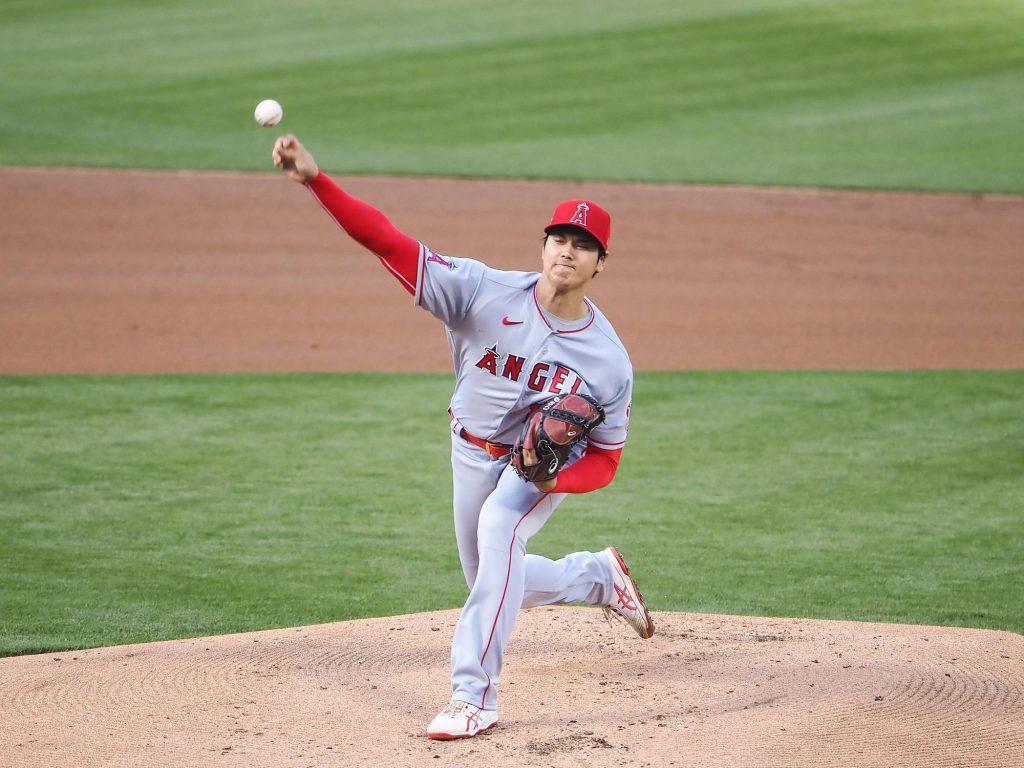In a world where baseball is constantly evolving, few names have had as profound an impact on the game as Shohei Ohtani. The Japanese star has redefined what it means to be a two-way player, and his unique talents have even led to a rule change in Major League Baseball (MLB) known as the “Ohtani Rule.” This article explores the origins of the Ohtani Rule, its significance, and how it affects the game today.
The Rise of Shohei Ohtani
Shohei Ohtani’s journey from Japan to the major leagues was nothing short of extraordinary. After dominating in Nippon Professional Baseball (NPB), he made his MLB debut with the Los Angeles Angels in 2018. Unlike most players, Ohtani wasn’t just a pitcher or a hitter—he did both at an elite level. His ability to throw and hit with equal proficiency set him apart from the rest of the league.
However, traditional rules in MLB limited his potential. Before the Ohtani Rule, pitchers couldn’t bat once they were removed from the game. This meant that if Ohtani started on the mound, he would have to sit out when he was taken out, even if he was still capable of hitting.
The Birth of the Ohtani Rule
The need for a rule change became apparent during the 2022 season when Ohtani returned to pitching after a long injury layoff. To accommodate his dual role, MLB introduced the “Ohtani Rule” in 2022. This rule allows a starting pitcher to remain in the game as a designated hitter (DH) even after being replaced on the mound.
Under the previous system, once a pitcher left the game, they could no longer bat. The new rule eliminates this restriction, enabling Ohtani to continue contributing offensively even after he’s taken out of the game. This change not only benefits Ohtani but also opens the door for other two-way players to thrive in the future.
How the Ohtani Rule Works
The Ohtani Rule is specifically designed for players who pitch and hit. Here’s how it functions:
- A starting pitcher can remain in the game as a DH even after being removed from the mound.
- This means that Ohtani can start on the mound, pitch for a few innings, and then return to the batter’s box without being substituted.
- The rule does not apply to all players, only those who are classified as two-way players.
This flexibility has allowed Ohtani to showcase his full range of skills, making him one of the most valuable assets on the field.
The Impact on the Game
The Ohtani Rule has already had a significant impact on the game, particularly for the Los Angeles Dodgers. When Ohtani returned to pitching in 2022, the rule allowed him to play both roles seamlessly. In Game 4 of the National League Championship Series (NLCS), Ohtani pitched six scoreless innings and hit three home runs, including one that traveled over 469 feet.
His performance was historic, and it highlighted the importance of the Ohtani Rule. Without the rule, Ohtani would have been forced to sit out after being taken out of the game, potentially limiting his contributions.
Why the Ohtani Rule Matters
The Ohtani Rule is more than just a technical adjustment—it represents a shift in how MLB views two-way players. For years, teams were hesitant to allow players to pitch and hit due to the physical demands and injury risks involved. However, Ohtani’s success has proven that it’s possible to excel in both roles.
By allowing Ohtani to play both ways, the rule sets a precedent for future players who may want to pursue similar paths. It also encourages teams to think creatively about how they use their rosters.
The Future of Two-Way Players
Despite Ohtani’s success, there are still challenges for two-way players in MLB. Many teams are cautious about developing players who try to do both, citing concerns about injury and workload. Additionally, the current roster rules make it difficult for players to fully commit to both roles.
However, the Ohtani Rule is a step in the right direction. It provides a framework for players like Ohtani to thrive while also encouraging teams to consider the potential of two-way talent.
Conclusion
The Ohtani Rule is a landmark moment in MLB history. It recognizes the unique talents of Shohei Ohtani and paves the way for future two-way players. As the game continues to evolve, it’s clear that the Ohtani Rule is more than just a rule—it’s a symbol of innovation and possibility.
For now, Ohtani remains the only player in MLB who can truly do both. But with the Ohtani Rule in place, the future of two-way players looks brighter than ever.
Author Section
Author: Michael Johnson
Title/Role: Sports Analyst and Journalist
Credentials: With over a decade of experience covering major sports events, Michael has written extensively on baseball, football, and basketball. He has contributed to leading sports publications and is known for his insightful analysis of player performance and rule changes.
Profile Link: Michael Johnson Profile
References
- USA TODAY – MLB Betting Insights
- Los Angeles Times – Shohei Ohtani Coverage
- ESPN – MLB News and Analysis
Call to Action
Stay updated with the latest news on the Ohtani Rule and how it’s shaping the future of baseball. Follow our coverage for in-depth analysis and breaking updates.
URL Slug
us-trending-news-ohtani-rule-mlb













More Stories
How to Claim Your Joy in League of Legends: A Step-by-Step Guide
What is WSET? A Comprehensive Guide to Wine Education
US Trending News: Everything You Need to Know About the Women’s Pro Baseball League